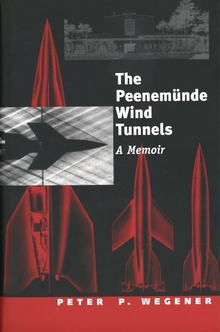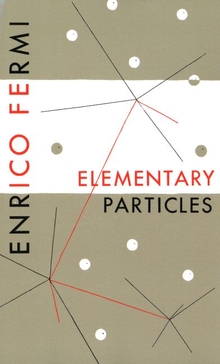The Peenemünde Wind Tunnels
WARNING
You are viewing an older version of the Yalebooks website. Please visit out new website with more updated information and a better user experience: https://www.yalebooks.com
A Memoir
Peter P. Wegener
In 1943, on orders from the German Air Ministry, young physicist Peter P. Wegener left the Russian front and reported to the Baltic village of Peenemünde. His assignment was to work at the supersonic wind tunnels of the rocket laboratories of the German Army. Here Wernher von Braun led a team that developed the V-2, the world's first large rocket-powered guided missile, and laid much of the groundwork for postwar rocket development.
In this fascinating book, Wegener recounts his experiences during Hitler's time, World War II, and his years at Peenemünde. He tells how he was working one night in August 1943 when the Allies bombed the laboratories, but left the wind tunnels undamaged. The tunnels were moved to Bavaria, and Wegener was ordered to follow in 1944. After the war, the tunnels were moved again—this time to the United States, accompanied by the author and other German scientists. Shortly before the end of the war, Wegener visited Germany's underground V-2 production plant to retrieve archival material on aerodynamics that had been stored in caves for safekeeping. He describes the appalling history of the concentration camps where SS guards watched over inmates who toiled underground in inhuman conditions and often did not survive. A photoessay enhances this remarkable memoir.
In this fascinating book, Wegener recounts his experiences during Hitler's time, World War II, and his years at Peenemünde. He tells how he was working one night in August 1943 when the Allies bombed the laboratories, but left the wind tunnels undamaged. The tunnels were moved to Bavaria, and Wegener was ordered to follow in 1944. After the war, the tunnels were moved again—this time to the United States, accompanied by the author and other German scientists. Shortly before the end of the war, Wegener visited Germany's underground V-2 production plant to retrieve archival material on aerodynamics that had been stored in caves for safekeeping. He describes the appalling history of the concentration camps where SS guards watched over inmates who toiled underground in inhuman conditions and often did not survive. A photoessay enhances this remarkable memoir.
Peter P. Wegener is Harold Hodgkinson Professor Emeritus of Engineering and Applied Science, Yale University.
ISBN: 9780300063677
Publication Date: September 25, 1996
Publication Date: September 25, 1996
200 pages, 6 1/8 x 9 1/4
55 b/w illus.
55 b/w illus.








